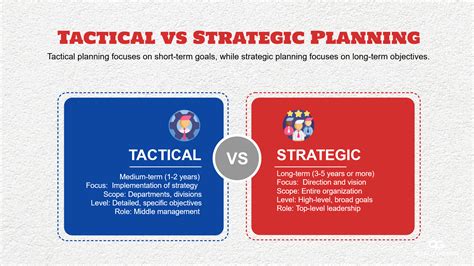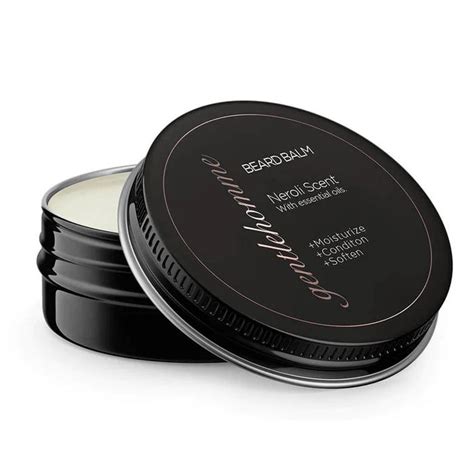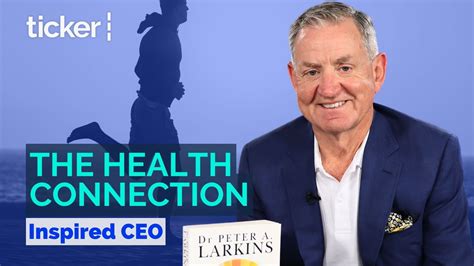Peak recovery: How to optimize post-workout strategies for rapid strength gains?

While intense training is crucial for building strength, the real magic happens during recovery. It’s not just about resting; it’s about strategically optimizing your body’s repair and adaptation processes to bounce back stronger and faster. Neglecting recovery is like planting a seed and forgetting to water it – you won’t see the growth you desire. This article delves into science-backed strategies to supercharge your post-workout routine for unprecedented strength gains.
The Golden Hour: Post-Workout Nutrition
Your body is in a prime state to absorb nutrients immediately after a workout. This “anabolic window,” while not as strict as once thought, is still critical. Prioritizing protein intake is paramount for muscle protein synthesis (MPS), the process by which your muscles repair and grow. Aim for 20-40 grams of high-quality protein (whey, casein, lean meats, plant-based sources) within a couple of hours post-exercise.
Don’t forget carbohydrates! They replenish glycogen stores, providing energy for future workouts and aiding in protein absorption. Complex carbohydrates like whole grains, fruits, and vegetables are excellent choices. Hydration is equally vital; replenish fluids lost through sweat with water and electrolytes.

Sleep: The Ultimate Performance Enhancer
Often underestimated, sleep is arguably the most powerful recovery tool. During deep sleep, your body releases growth hormone, essential for muscle repair and growth. Furthermore, sleep helps regulate cortisol (stress hormone) levels, which can hinder recovery and muscle development if chronically elevated. Aim for 7-9 hours of high-quality sleep per night. Establish a consistent sleep schedule, create a dark and cool sleep environment, and avoid screens before bed to optimize your sleep hygiene.
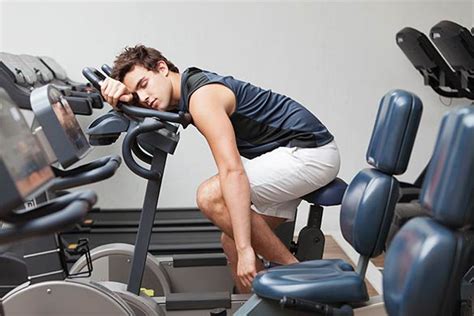
Active Recovery and Mobility Work
While rest days are important, completely sedentary recovery isn’t always optimal. Active recovery, such as light cardio (walking, cycling) or low-intensity movement, can improve blood flow, reduce muscle soreness, and flush out metabolic byproducts. Incorporate foam rolling, stretching, and mobility exercises to improve flexibility, reduce tightness, and prevent injuries. Dedicate 10-15 minutes post-workout or on rest days to these practices.
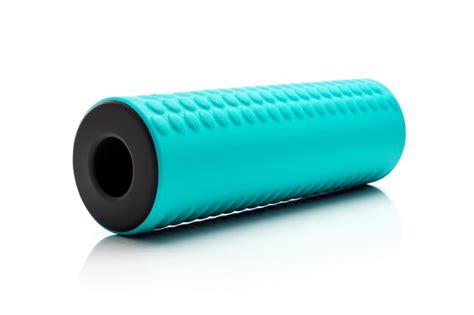
Strategic Supplementation
While whole foods should always be the foundation, certain supplements can complement your recovery efforts. Creatine monohydrate is extensively researched and proven to enhance strength, power, and muscle mass. BCAAs (Branched-Chain Amino Acids) can help reduce muscle soreness, especially during periods of calorie restriction. Other beneficial supplements might include Omega-3 fatty acids for anti-inflammatory benefits and magnesium for muscle function and sleep quality. Always consult a healthcare professional or registered dietitian before introducing new supplements.

Managing Stress and Consistency
Chronic stress, whether physical or psychological, elevates cortisol levels, which can impede recovery and muscle growth. Incorporate stress-reduction techniques like meditation, deep breathing exercises, or hobbies you enjoy. Remember, consistency is key. No single recovery strategy will yield results overnight. Adhere to a holistic approach involving consistent training, nutrition, sleep, and active recovery, and you’ll set yourself up for sustained strength gains and overall well-being.

Conclusion
Optimizing post-workout recovery is not merely an optional add-on; it’s an integral component of any successful strength training regimen. By meticulously planning your nutrition, prioritizing restorative sleep, incorporating active recovery, utilizing strategic supplementation, and managing stress, you create an environment where your body can not only recover but adapt and thrive. Embrace these strategies, and watch your strength gains accelerate, propelling you toward your peak performance.
